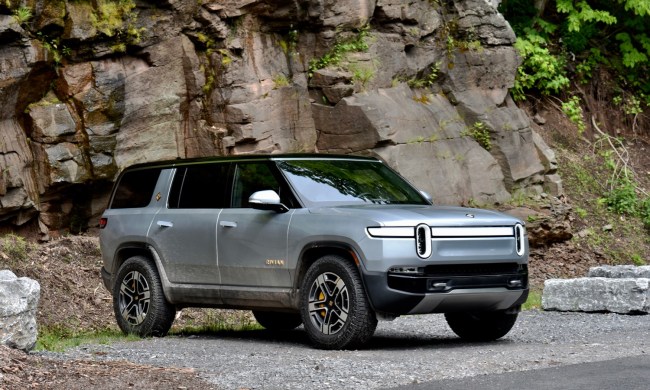
Wireless charging is a godsend when it comes to cleaning your desktop clutter. Shouldn’t it be just as handy in your garage? That’s the vision behind a recently completed three-year pilot program by Kia to develop a wireless fast-charging system for future electric vehicle models. As part of a joint venture with Mojo Mobility, and with backing from the Department of Energy’s Office of Energy Efficiency and Renewable Energy, the car brand field-tested its new wireless EV charging technology on a fleet of Kia Soul EV prototypes.
With automakers pushing electric and plug-in hybrid vehicles, wireless charging is becoming more of a prospect, much like cutting the cord in the consumer electronics industry.
In essence, the system utilizes an electromagnetic inductive field to transfer electrons between two coils. One would be a transmitter on the ground, while a receiver is placed on the bottom of the car. To activate, the driver simply must pilot the vehicle until it rests above the charging transmitter. Then the system can activate and begin charging the car’s battery.
Although not new or pioneering, Kia’s system addresses some of the quirks in functionality with current wireless EV charging systems. What separates Kia’s latest system is that it can still charge efficiently even if the driver doesn’t align the vehicle properly when parking over a wireless charging station. The benefit from these improvements is easier convenience and day-to-day use for typical users.
According to Hyundai-Kia America Technical Center (HATCI), Kia’s system is also capable of providing more than 10 kW to an equipped electric vehicle, while achieving 85 percent grid-to-vehicle efficiency. This is a notable feat since wireless charging systems — as exhibited with similar units involving smartphones — suffer from energy loss. So while wireless charging technology isn’t new, current efforts seek to make wireless charging more efficient.
“We’re thrilled with the success of the system and its efficiency,” said William Freels, HATCI President. “We set out to develop wireless charging that has real world applications and is easy to use for the consumer. Now, with this fleet of wireless Soul EVs, we can clearly see a future of unplugged electric vehicles.”
Kia says there’s no current plan to offer wireless charging systems on production vehicles available to consumers. This includes the Kia Soul EV, the only Korean all-electric vehicle currently on sale. But the manufacturer also said that doesn’t mean future Kia electric vehicles are being left out.
BMW also produced a prototype featuring wireless charging technology on a 530e plug-in hybrid electric vehicle, in partnership with Oak Ridge National Laboratory. BMW’s prototype only allowed for a charging rate of 3.2 kW, however.
Because wireless charging still has a long way to go, it won’t be replacing the traditional hard-wired charging cable just yet, as using the traditional method is still the easiest and most efficient one. Nonetheless, wireless charging is still perceived as a major step forward in developing and building up electric vehicle charging infrastructure. For example, Continental envisions a plan to cover parking spots with wireless chargers in hopes to eliminate complications with limited charging stations from overcrowding, while improving availability.


